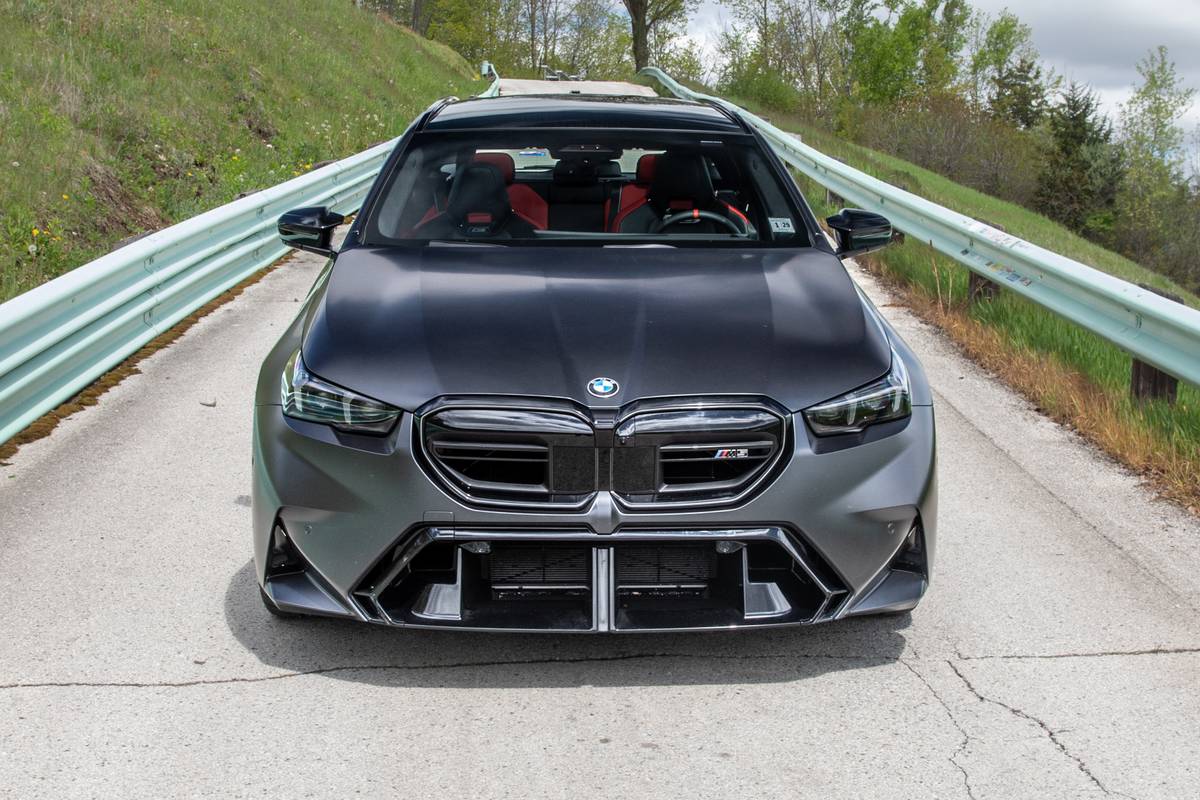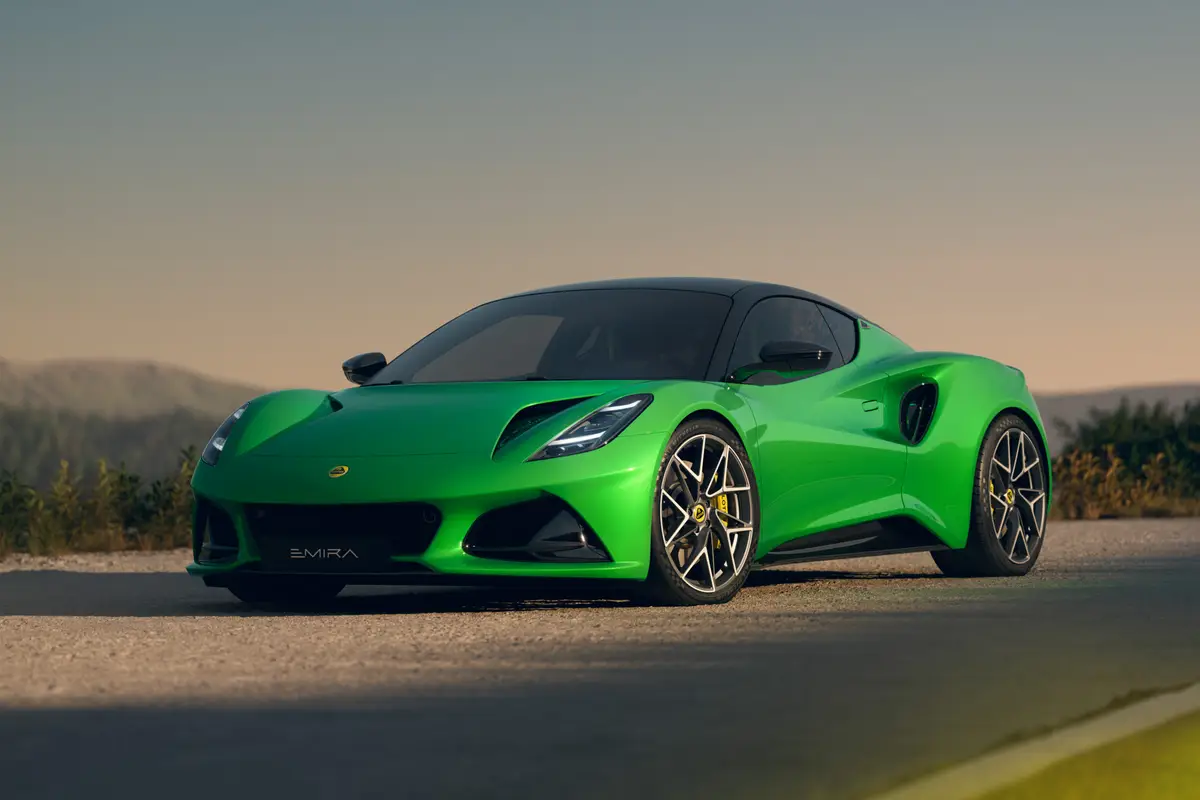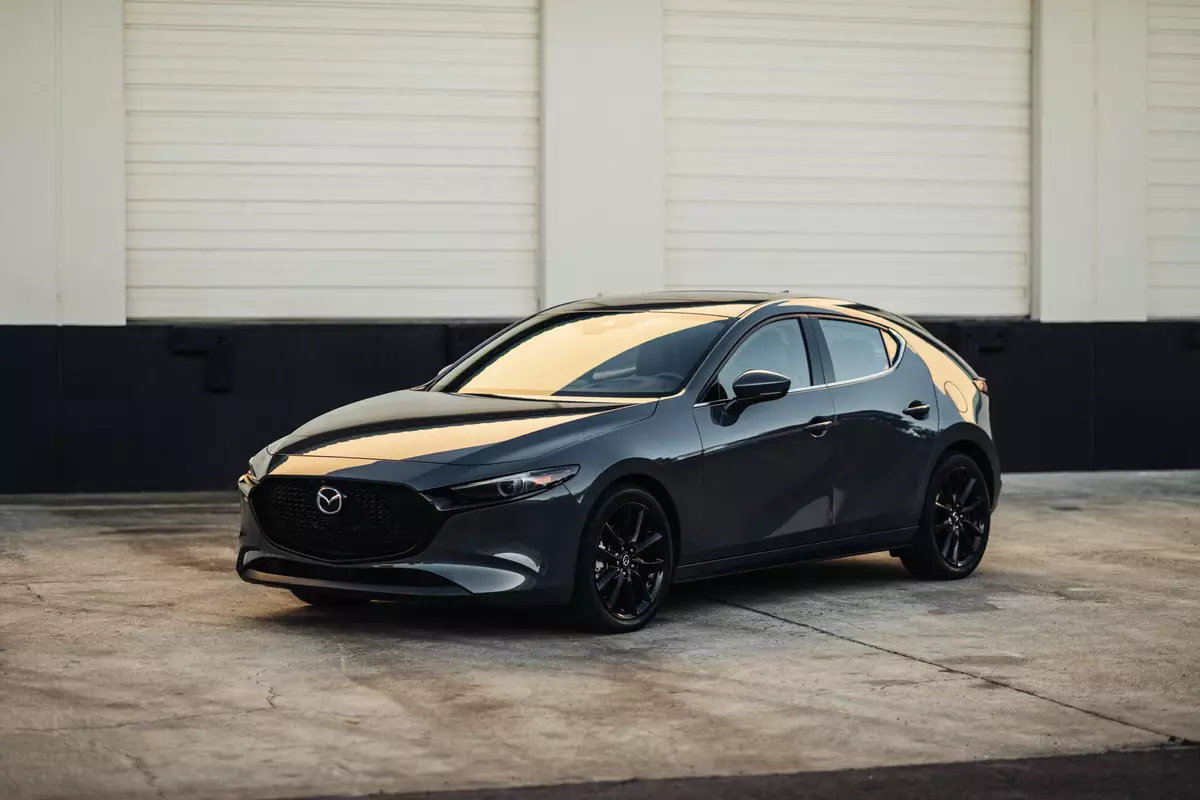washingtonpost.com's view
SAN ANTONIO — I FOUND the Alamo, but was disappointed. Here was blood-consecrated ground enveloped by commerce — parking lots, sandwich shops, hotels and trinket vendors. It was hard to fathom the nobility of the cause that ignited 13 days of fire and fury and led to the deaths of 183 Texans and 500 Mexicans 159 years ago.
I stood transfixed in the courtyard of the Alamo, originally the old Franciscan Mission San Antonio de Valero. I was seized by a thought: Wouldn’t it be wonderful if some wizard could show all warriors the future? “Here, Davey Crockett. Here, William Travis, James Bowie, Antonio Lopez de Santa Ana and all of the rest of you, here’s what you’re dying for — The Alamo Bar and Grill and a damned parking lot. Is it worth it?”
I climbed back into the week’s test-mobile, the 1996 Safari GMC all-wheel drive mid-size van, and found some semblance of peace. Here, at least, was something that men and women did right. They turned a dog of a van into something pleasant and beautiful. And judging by the quality of the test model, they apparently did the job with love.
Background: The GMC Safari and its companion Chevrolet Astro were introduced by General Motors Corp. in 1985, one year after Chrysler Corp. rocked the automotive world with the introduction of its Dodge Caravan and Plymouth Voyager minivans.
The Safari/Astro vans were never real contenders against the Chrysler duo. Chrysler did a superior job of interpreting the small van market by creating a supreme family hauler. GM, however, was uncertain about whether it was creating a cargo van or a family van. As a result, its Safari/Astro missed both the commercial and passenger markets.
But the new Safari and Astro should do much better. They’re prettier, for one thing. The bulldog front end of the old models has been replaced by a very likable grille. The interior has been redone: There’s a nice, more carlike oval instrument panel, which includes dual front air bags. The engine cover — that big, center hump beneath the dashboard — has been reduced to allow more front leg and foot room.
There has been some redesign of the interior vent work, which allows air to flow more freely around the cabin, and there are more storage spaces and cup holders and all of those sort of things that help to make life on long road trips more comfortable.
Four-wheel anti-lock brakes are standard on the Baltimore-assembled Safari and Astro, which can be bought as rear-wheel-drive or all-wheel-drive vehicles. A four-speed automatic transmission is standard. The all-wheel-drive types also get a Borg Warner 4472 transfer case to help send drive power to all four wheels.
Despite some of their earlier shortcomings, the Safari and Astro have always had splendid engines. The new models are no different, and get an improved — smoother, quieter — Vortec 4.3-liter V-6 rated 190 horsepower at 4,400 rpm with maximum torque set at 250 pound feet at 2,800 rpm.
The rear-wheel-drive Safari/Astro can be outfitted to pull a trailer weighing 5,500 pounds; the all-wheel-drive version can pull 5,000 pounds.
Complaints: Despite improvements in the drivetrain and suspension, the Safari and Astro remain quite trucklike in ride and handling. That might be disconcerting to people who expect minivans and mid-size vans to behave like sedans. So let’s get this straight: If you want something that rides like a sports car, family sedan or luxury car, you don’t want the Safari or Astro.
Praise: Superior craftsmanship and superior drivetrain engineering in a mid-size van. The interior is more pleasant.
Head-turning quotient: Attractive. Pleasant. No more woof-woof.
Ride, acceleration and handling: Excellent trucklike ride, trucklike handling and trucklike acceleration. Braking was excellent too. Please note that truck handling means you don’t do racetrack stuff with the Safari and Astro aro nd curves.
Mileage: About 16 miles per gallon (27-gallon tank, estimated 412-mile range on usable volume of regular unleaded), running mostly highway and driver only with light cargo.
Sound system: Optional eight-speaker AM/FM stereo radio and cassette with compact disc, GM/Delco. The top-line optional system is designed to increase in volume as vehicle speed rises. So, if the volume is too high, you must be driving too fast. Hee, hee.
Price: Estimated base price on the tested GMC Safari AWD mid-size van is $21,446. Estimated dealer invoice price is $19,000. Estimated price as tested is $24,110, including $2,109 in options and a $555 destination charge.
Purse-strings note: A very competitive mid-size van. Compare with the Ford Aerostar and the extended versions of Chrysler minivans.
Latest news



